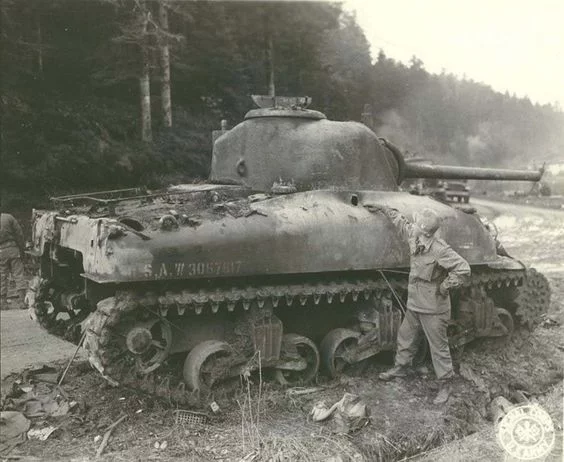How cracking the German Enigma code impacted on the course of the war cannot be understated.
Cracking the code was possibly the greatest intelligence coup of the Second World War. It is perhaps rivaled only by the American cracking the Japanese purple Naval codes.
Ever since written and radio communications have existed, there has been a desire to encode messages so they can only be read by the intended recipient.
Radio communications, with their ease of interception by anyone with the proper equipment, made this more vital. As radio developed, so too did the methods of encoding messages. This also created the parallel desire to crack the codes used by one’s enemies or, in some cases, by one’s friends.
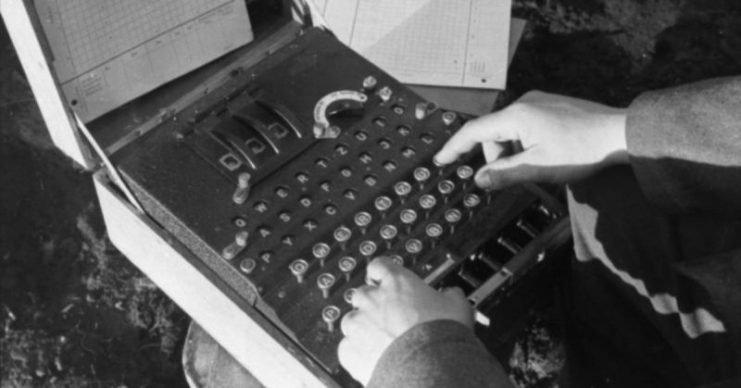
The United States and Great Britain have a long history of attempting to crack the codes of other nations. During WW2, the targets of these operations were the Japanese with their purple code and the Germans with their enigma code.
The Germans used the Enigma code for all communications within their armed forces. Work on cracking the code began long before the war even started.
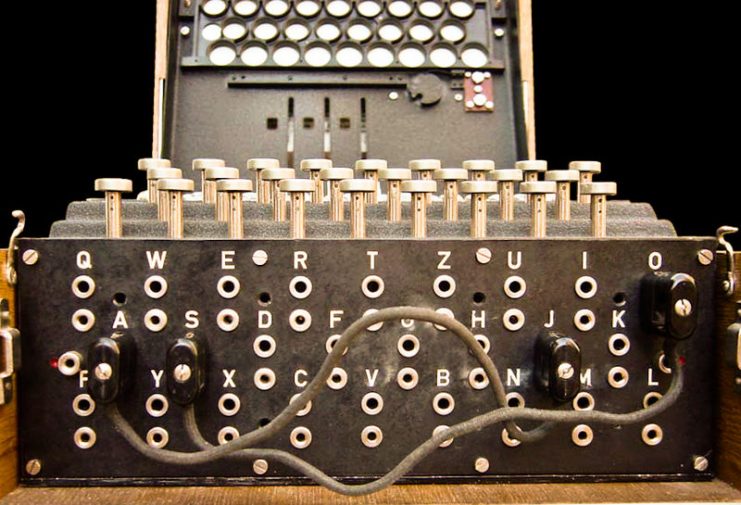
Credit must be given to the country that undertook the majority of the initial work on cracking the Enigma code. Surprisingly, it was not any of the larger Allied parties, but rather the small nation of Poland.
Often given credit only for being the first country conquered by the Nazis, Poland never actually surrendered and continued fighting throughout the war from bases in England.
Its scientific and intelligence community continued to work hard to aid the war effort. One of their most vital contributions to the war was, before the fall of Poland, they smuggled out their prototype decoder for the Enigma code.
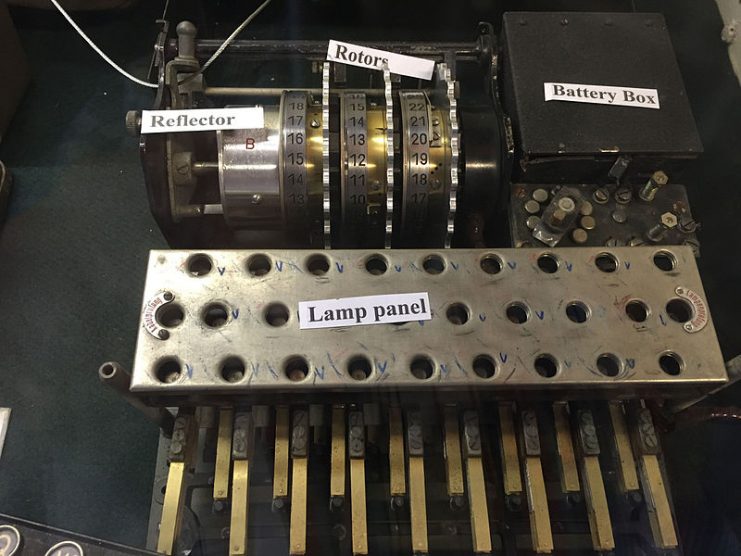
Taken to Bletchley Park in England, their painstaking research and the devices they’d created were used as the basis of code-breaking equipment that would succeed in cracking the German code.
Allied Forces were then able to read most of Germany’s communications for the majority of the war. The question was how to best exploit this knowledge without the Germans getting wise to the fact that the Allies could read their mail.
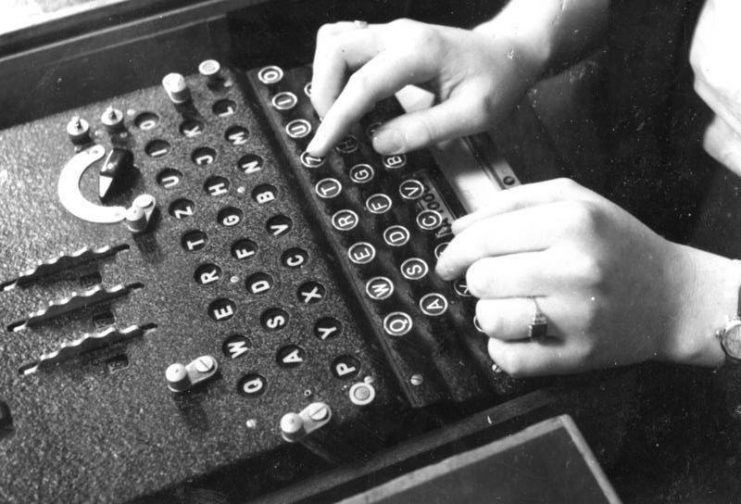
Many operations were planned during the war and then canceled as carrying them out would have indicated that we knew the intentions of the Germans ahead of time.
Unfortunately, the best-known cases of protecting the Enigma machine involved taking losses in situations where we could not admit that we knew what the Germans had planned. This meant that we had to cover up losses like Operation Tiger.
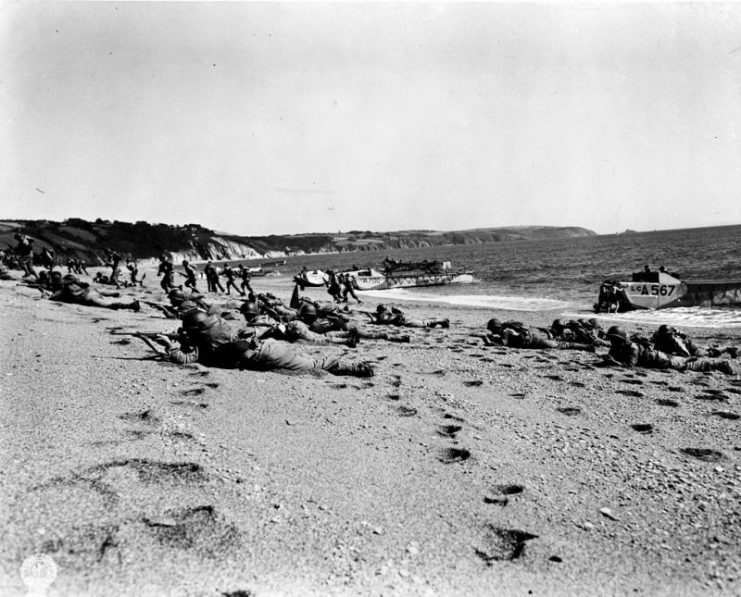
During this operation, the Germans happened upon an unguarded practice for the Normandy invasion. They sank several troop carriers which resulted in a heavy loss of life.
The Allies were forced to cover up the entire situation. It wouldn’t be wise for people back home to be told that we knew the Germans were out there but didn’t share that information with the units out on exercises. So it was all hushed up until long after the war.
The Germans had to be allowed to continue to conduct operations where they believed they had the element of surprise, or else the game would be up.
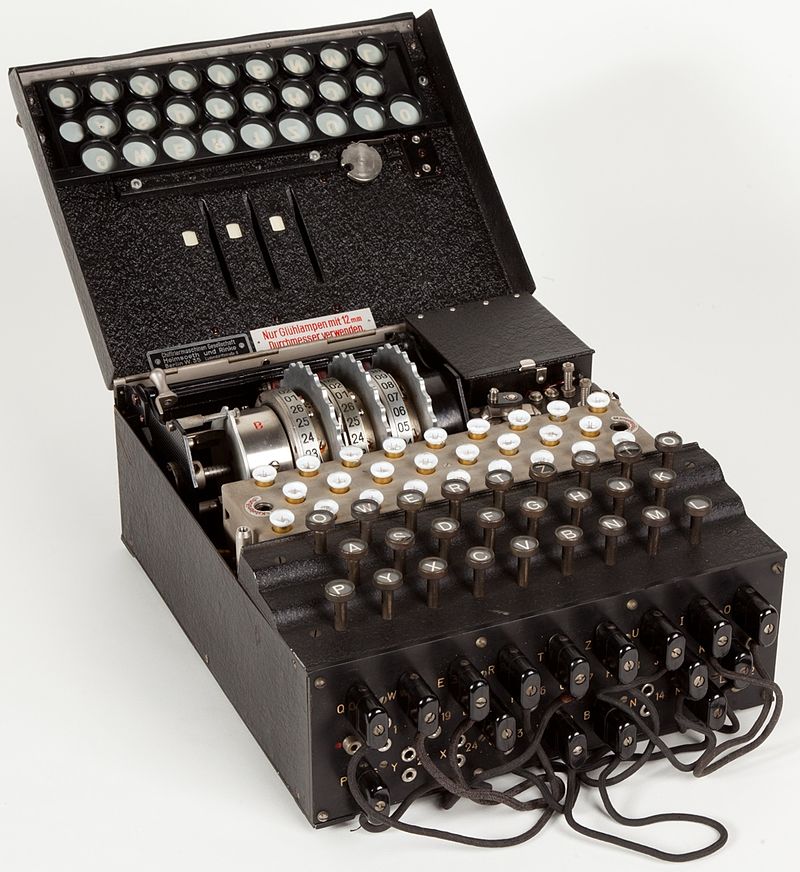
The most famous casualty of the Enigma conundrum is Convoy PQ 17 which was sent out into the Atlantic into the teeth of a German submarine and air armada.
The Allies knew that this convoy would more than likely be attacked. At this time, Allied staff could read German naval codes. They knew where German submarines would be patrolling.
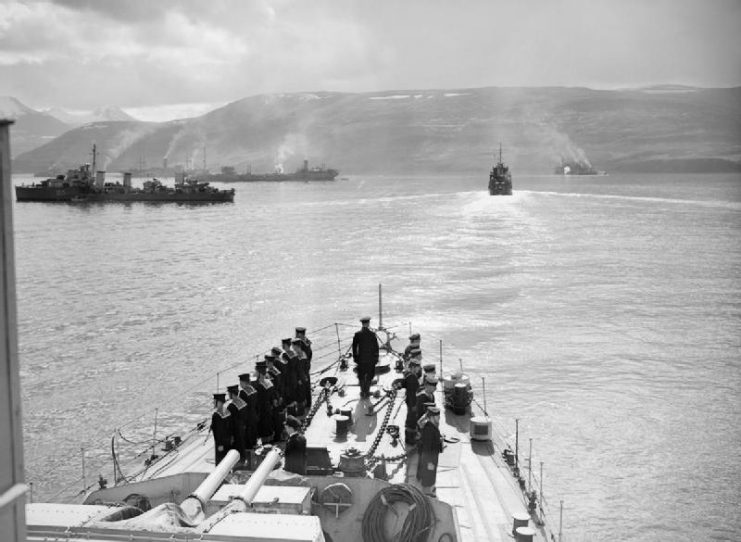
It was possible to route the convoy around the sub patrol areas and into regions where the planes wouldn’t search. However, doing this would have meant that the Germans would have picked up on the fact that we were reading their codes.
Even though Allied planners picked up chatter that the Germans were also possibly sending a battleship out to attack PQ 17, it was decided to send the convoy on its normal route.
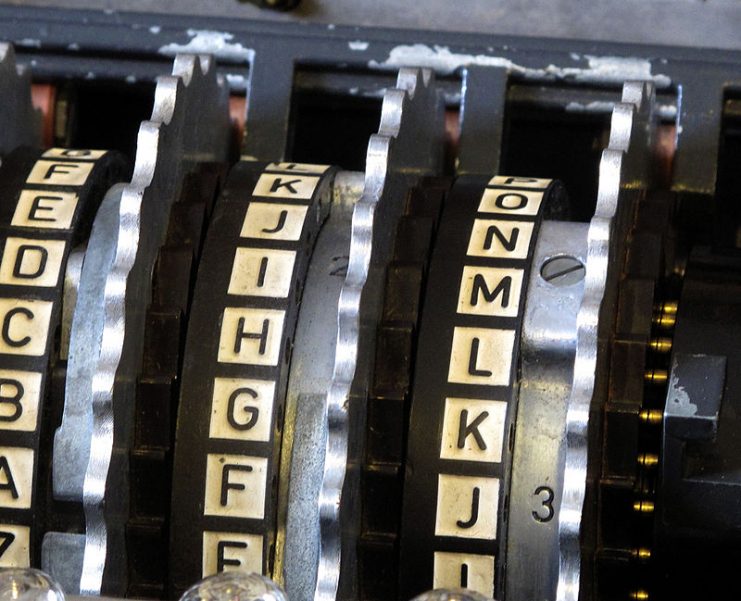
Allied leaders calculated that any losses to the convoy would be minimal due to bad weather in the area. They felt it was a necessary sacrifice.
PQ17 sailed out from port and into hell. They were ordered to scatter, to make them harder targets. But this just meant that the ships fought and were destroyed alone.
Only 11 of 35 ships survived. PQ-17 could truly be said to be a sacrificial lamb for Enigma.
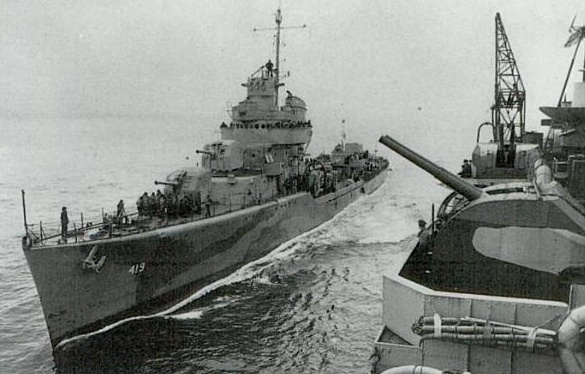
As history shows us, the Germans were supremely confident in the unbreakable nature of their Enigma code. They never believed during the war that the Allies could read their messages. Their troops, and especially their submariners, would pay a heavy price for this ignorance.
Read another story from us: Enigma No Longer A Mystery: Peeking Inside the Fabled Nazi Machine
The Allies would eventually hunt the U-Boat almost to extinction, mostly due to knowing where they were going to be thanks to Enigma intercepts. The U.S. still holds a trophy of the U-505, a sub captured through a trap laid in this way.
Even up to the end of the war, the deception remained uncovered, and the Germans never understood what was causing their losses.
